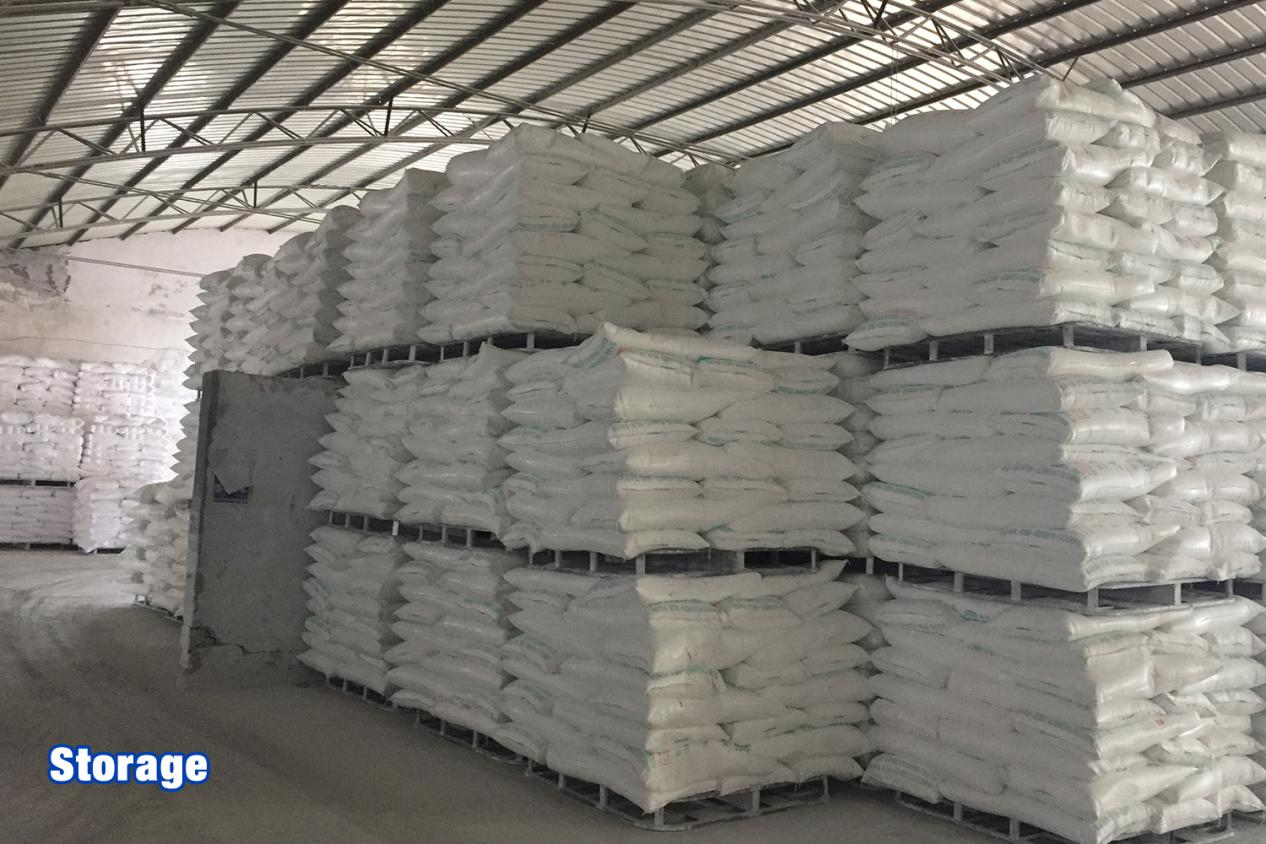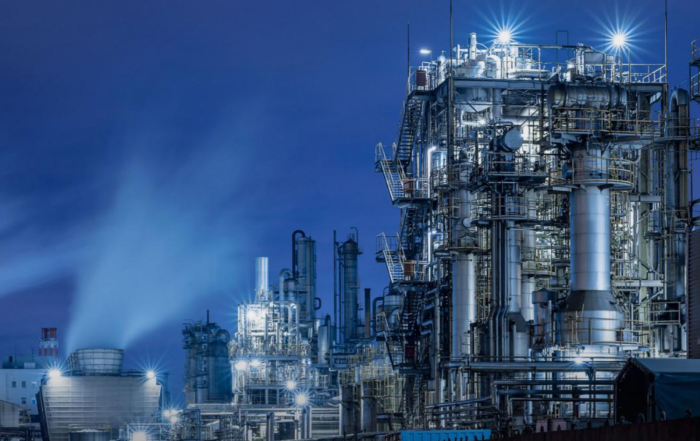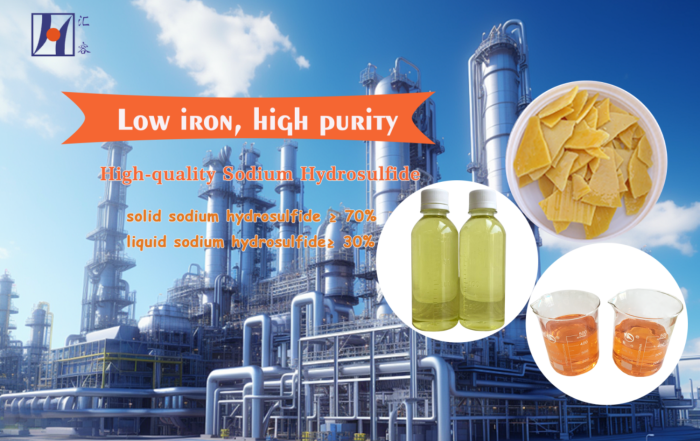Nano-technology is the hotspot of the current powder technology. The research, production and application of nanotechnology and materials have been initially achieved in China. Nanimonal calcium carbonate is one of the most representative products. At present, there are many types of production in nano -carbonate. The following are the four manufacturing processes and characteristics of nano -carbonate.
1. Clamp Reaction Kettle Method
This process method is to pump the calcium hydroxide lotion below 25 ° C into the carbonized reaction tank, pass the carbon dioxide, and perform carbonized reactions in the stirring state. calcium. This method has become the main method for nano-carbonate production in recent years due to the large exposure area of the mixing-liquid contact area, a relatively uniform response, and a narrow distribution of product particle size.
Due to temperature changes, the coat reaction kettle method is more frequent due to temperature changes, and the carbonization process in the production process of calcium carbonate is a kind of induction reaction. To ensure the fineness of the product, the temperature must be strictly required. Due to the relatively high investment, maintenance costs and energy consumption of refrigeration equipment.
2. Emulsion
The emulsion method falls into two categories: the microemulsion method and the emulsion membrane method. The microemulsion method relies on controlling the droplet size in the microemulsion, where soluble carbonates and calcium salts dissolve in the same microemulsion before mixing. This reaction, confined to a smaller area, yields nano-grade calcium carbonate particles, which are then separated from the solvent to produce the final product. The emulsion membrane method uses a membrane with pores ranging from a few to dozens of microns as a dispersing medium. When the dispersed phase enters the continuous phase, the micro-pore membrane cuts it into tiny droplets, facilitating micron-scale mixing within the continuous phase.
The micro-emulsion method’s main advantage lies in controlling the reaction area, eliminating the need for crystal control agents, and achieving low energy consumption and high gas utilization rates. Calm -shaped liquid -shaped liquid -shaped calcium carbonate technology has the advantages of small equipment volume, large single equipment output, high efficiency, low energy consumption, and high gas utilization rate. You can prepare large-scale calcium carbonate particles ranging from 30 to 60nm with an evenly distributed particle size that is controllable.
3. Multi-level Spray Carbonization Method
The basic steps of multi-level spray carbonized legal system for nano CACO3 are: mix the refined lime milk suspension into the concentration of process requirements, add an appropriate amount of additives, pump into the top of the spray carbonized tower at the atomizer at the top of the spray carbon tower, in the atomizer, in the atomizer at the top of the spray carbonized tower. Under the immense centrifugal force produced by high-speed rotation, the emulsion atomizes into a mist of micro-particles. The tower is then infused with a mixture of CO2, initiating a chemical reaction within. The particle size of the CACO3 products prepared by multi -level spray carbonized legal is small and uniform. The average particle size is within the range of 30 to 80nm. We can adjust and control the particle crystal type. Multi -level spray carbonization method also needs to control the temperature. It must include refrigeration equipment, which leads to high energy consumption.
The preparation technology has the following advantages:
A. High continuous production efficiency, large production capacity, stable operation;
B. The gas -liquid contact area is large and the response is uniform. We can control crystal production and growth separately.
C. It can make various single products such as cubic and chain -shaped shapes, which can manufacture ultra -fine (<100nm) and ultra -micro (<20nm) products with uniform particle size;
D. You can use a small amount of active substances to create uniform high -active products.
Multi -level spray carbonization method also needs to control the temperature. It must have refrigeration equipment, which consumes a lot of energy.
Ultrasonic Carbonization Method
First, workers burn limestone in kilns to obtain lime (CaO) and CO2. Then, the CaO undergoes hydration in the digester. The CA (OH) 2 emulsion obtained. Then add the kiln gas CO2 to the reaction kettle for carbonization. After the reaction, the ultra -fine CACO3 is obtained. The slurry is dry through the spray drying to form a nano-class CACO3. The CAO water fixation, CA(OH)2 pulp and carbonization carried out after the lime rock are burned. 22m2/g. This process uses general ultrasonic crushing equipment, which does not require custom design and manufacturing. It also solves defects such as gases, liquids, and solids in the existence of nanocarbonate with a single chemical method and ultrasonic vibration technology. No need to add additives. Compared with a single chemical method to produce nanoccal carbonate, it has craft innovation, novel design, convenient operation, and stable product performance. The preparation time reduces by 5-30 times compared to a single chemistry method. It is convenient for computer automatic control and is an ideal processing technology for large -scale industrialized production of nano -carbonate products.





